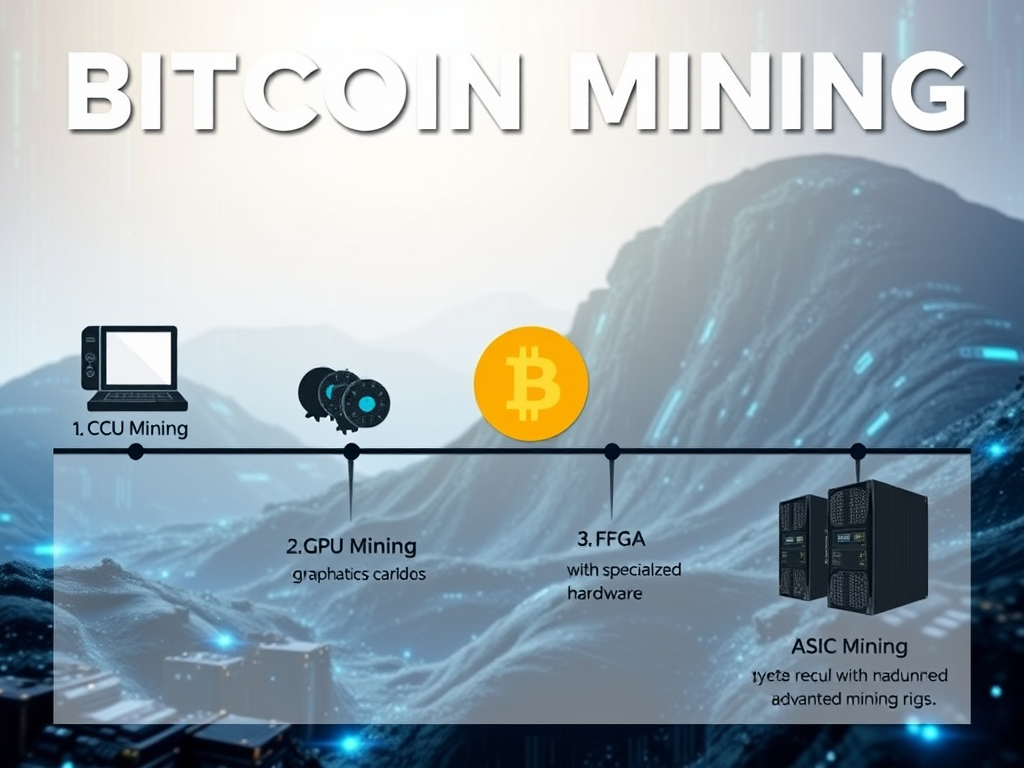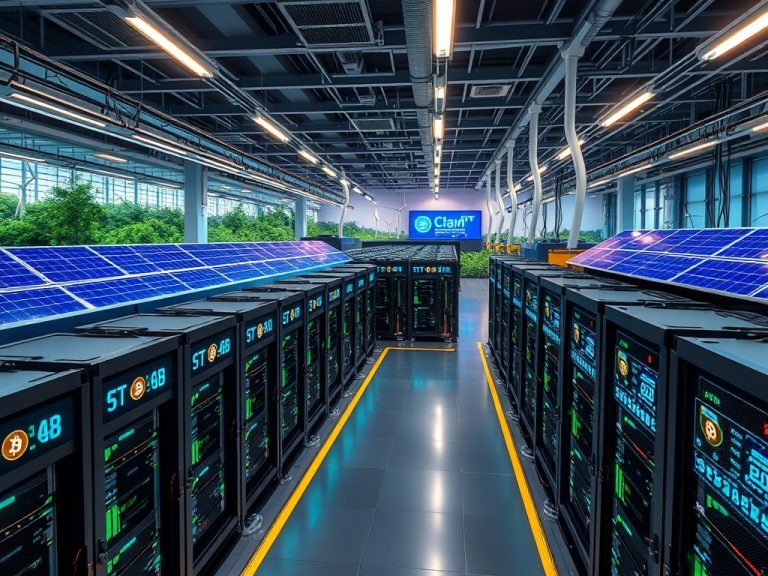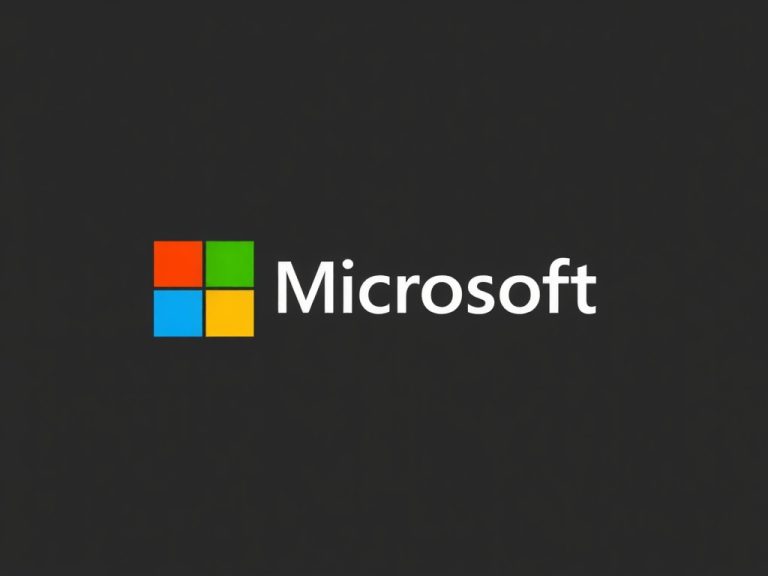
Bitcoin mining has changed a lot since it started in 2009. At first, anyone could mine Bitcoin using their computer. But as more people got interested, mining became more complicated and competitive. This article looks at how Bitcoin mining has evolved from CPU mining to the dominance of ASICs.
1. The Early Days: CPU Mining
In the beginning, Bitcoin mining was easy. Anyone with a basic computer could join in. The network’s difficulty was low, so people could mine Bitcoin without much effort. Miners ran software on their CPUs to solve puzzles and earn Bitcoin. This was a time when mining felt like a community activity.
Key Features of CPU Mining:
- Easy to Join: Anyone could participate with just a computer.
- Low Difficulty: Not much competition, making it easier to mine.
- Community Spirit: Miners often worked together and shared tips.
2. The Shift to GPU Mining
As Bitcoin became more popular, more people started mining. This led to the use of Graphics Processing Units (GPUs), which were much faster than CPUs. GPUs could handle more calculations at once, making mining more efficient.
Advantages of GPU Mining:
- Faster Processing: GPUs could mine Bitcoin much quicker.
- Multi-Use: GPUs could also be used for gaming and other tasks, making them popular.
During this time, mining pools were created, allowing miners to combine their power and increase their chances of earning Bitcoin.
3. The Rise of FPGA Mining
Next came Field Programmable Gate Arrays (FPGAs). These devices were more efficient than GPUs because they were designed specifically for mining.
Benefits of FPGA Mining:
- More Efficient: Used less power compared to GPUs.
- Faster: Improved speed tailored for mining.
However, FPGAs required some technical knowledge, which made them less accessible for casual miners.
4. The Dominance of ASIC Mining
The biggest change in Bitcoin mining happened with the introduction of Application-Specific Integrated Circuits (ASICs). These machines are made just for mining Bitcoin and are much faster and more efficient.
Characteristics of ASIC Mining:
- High Speed: ASIC miners can mine Bitcoin much faster than other devices.
- Energy Efficient: They use less power, which saves money over time.
- Centralization: Because ASICs are expensive, mining has become concentrated in the hands of a few large companies, raising concerns about control over the Bitcoin network.
5. Current Trends and Future Outlook
Today, ASICs dominate Bitcoin mining, often in areas with cheap electricity. The industry faces challenges like regulations, environmental concerns, and the need for sustainable practices.
Future Considerations:
- Sustainability: There is a growing focus on mining that is better for the environment.
- New Technology: Future innovations may change mining again.
- Centralization vs. Decentralization: Discussions about the impact of centralized mining on Bitcoin’s security are ongoing.
Conclusion
The journey of Bitcoin mining from CPU to ASICs shows how much the cryptocurrency has grown. While ASICs have made mining more efficient, they also bring new challenges. As Bitcoin continues to evolve, the future of mining will depend on new technologies and a focus on sustainability.





